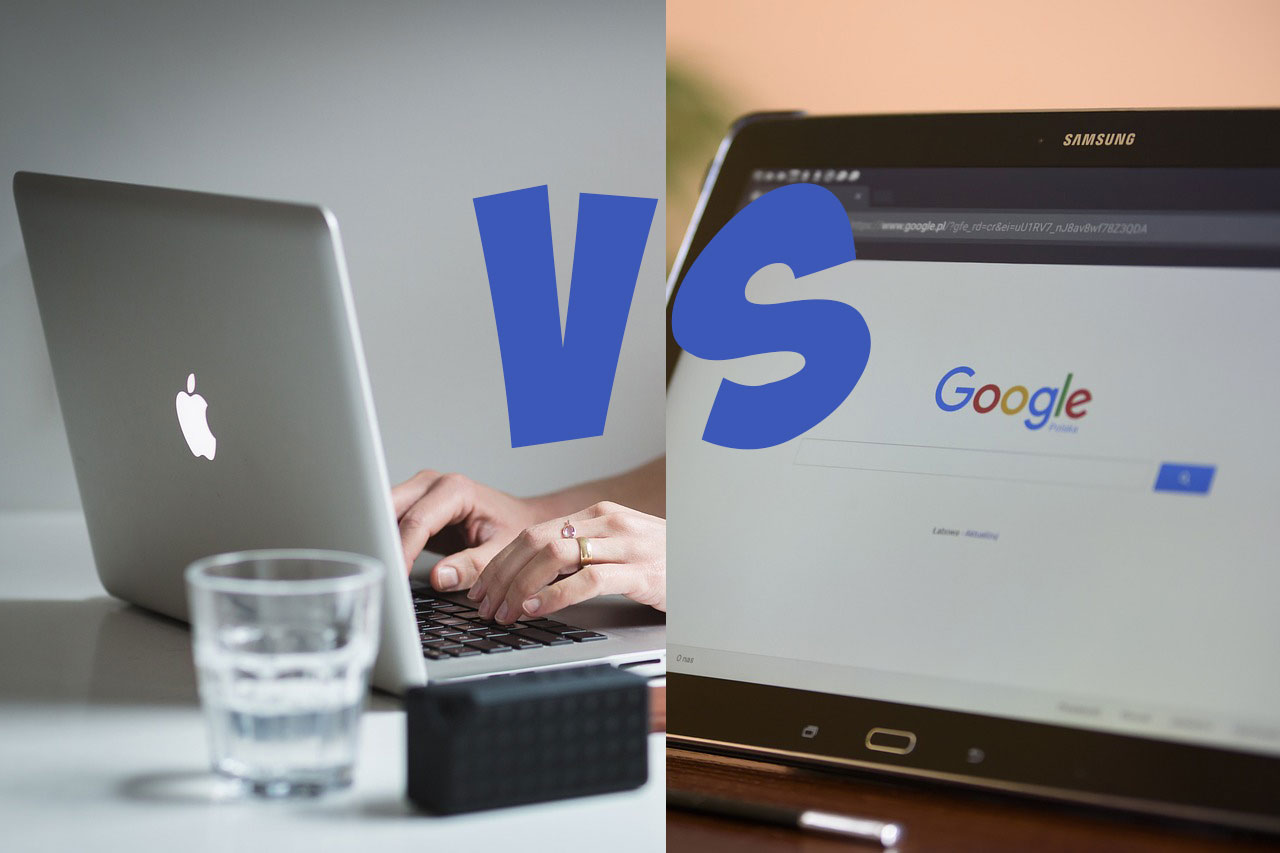The world of technology has been defined by two tech giants that have captured the imagination of consumers worldwide: Samsung and Apple. These two companies have redefined how we interact with technology, shaping our preferences and expectations for the devices we use every day. In this comprehensive analysis, we will dive into the strengths and advantages of both Samsung and Apple, exploring how each brand has carved its unique niche in the market.
Advantages of Samsung:
Diverse Product Range and Ecosystem:
One of Samsung’s most significant advantages lies in its diverse product range. From smartphones and tablets to wearables and home appliances, Samsung offers an extensive ecosystem that caters to various aspects of consumers’ lives. This ecosystem integration fosters brand loyalty, as users find themselves seamlessly transitioning from one Samsung device to another.
Customization and Flexibility:
Samsung’s Android-based devices provide users with a high level of customization and flexibility. Android’s open nature allows users to personalize their devices with custom themes, widgets, and app arrangements, giving them a unique user experience that matches their preferences.
Innovative Display Technology:
Samsung is widely recognized for its pioneering display technology. The introduction of Super AMOLED and Dynamic AMOLED screens has revolutionized the visual experience on smartphones and tablets. These displays deliver vibrant colors, deep contrasts, and excellent visibility, even in challenging lighting conditions.
Cutting-Edge Hardware and Performance:
Samsung consistently pushes the envelope with its hardware offerings. Whether it’s the latest processors, generous RAM, or advanced camera systems, Samsung devices are designed to provide top-tier performance across various tasks, from gaming to multitasking.
Expandable Storage Options:
Unlike many of its competitors, Samsung offers expandable storage options in its devices. Many Samsung smartphones and tablets come with microSD card slots, allowing users to expand their device’s storage capacity according to their needs, without having to upgrade to a higher-priced model.
S Pen Stylus Integration:
Samsung’s Galaxy Note series sets itself apart with the integration of the S Pen stylus. This feature caters to creative professionals and individuals who appreciate the precision and versatility that the stylus offers. The S Pen’s ability to take notes, draw, and navigate the device adds an extra layer of utility.
Advantages of Apple:

Seamless Ecosystem Integration:
Apple’s ecosystem advantage is unparalleled in the tech industry. The seamless integration between hardware, software, and services creates a cohesive user experience. Features like AirDrop and Handoff make sharing content and tasks across Apple devices effortless.
App Store Curation and Security:
The App Store is a cornerstone of Apple’s ecosystem, and its curation process sets a high standard for app quality and security. Users can rely on the App Store to provide a safe environment for downloading apps, minimizing the risk of malware or subpar applications.
Privacy and Data Security:
Apple’s commitment to user privacy and data security is a significant advantage. Features like Face ID and Touch ID provide secure authentication methods, while the company’s stance on data encryption and transparency ensures that users’ personal information remains safeguarded.
Long-Term Software Support:
Apple’s dedication to providing software updates for older devices is a major advantage. This approach prolongs the lifespan of devices and ensures that users have access to the latest features and security enhancements, even for devices that are a few years old.
Optimized Performance and User Experience:
Apple’s vertically integrated approach allows the company to optimize the performance of its devices. The close synergy between hardware and software results in devices that provide consistent and efficient performance, regardless of their specifications.
Aesthetic Design and Consistency:
Apple’s design philosophy emphasizes aesthetics and minimalism. The sleek and uniform design language across products contributes to their iconic appeal. Whether it’s iPhones, iPads, or MacBooks, Apple products are instantly recognizable.
Balancing the Scale:

In the ongoing debate of Samsung vs. Apple, it’s crucial to acknowledge that each brand brings a set of advantages to the table. Samsung’s strength lies in its versatile product range, innovative displays, and customization options. On the other hand, Apple’s seamless ecosystem integration, focus on privacy, and long-term software support appeal to users who prioritize a unified experience, security, and device longevity.
The Consumer’s Perspective:
The choice between Samsung and Apple ultimately depends on individual preferences, needs, and priorities. Samsung caters to users who seek customization, diverse products, and cutting-edge features, while Apple offers a cohesive ecosystem, security, and a consistent user experience.
Conclusion:
In the dynamic realm of technology, the rivalry between Samsung and Apple continues to drive innovation and progress. Both brands have harnessed their unique strengths to capture the hearts of consumers around the world. The Samsung vs. Apple debate is a reminder that diversity in choices enriches the tech landscape, offering something for everyone.
Ultimately, the decision to choose Samsung or Apple is deeply personal, rooted in the user’s lifestyle, preferences, and values. Both brands have reshaped our relationship with technology, and their ongoing competition ensures that they will continue to push the boundaries of what’s possible. Whether you lean towards Samsung’s versatility or Apple’s ecosystem, both brands share the common goal of enhancing our daily lives through technology.

